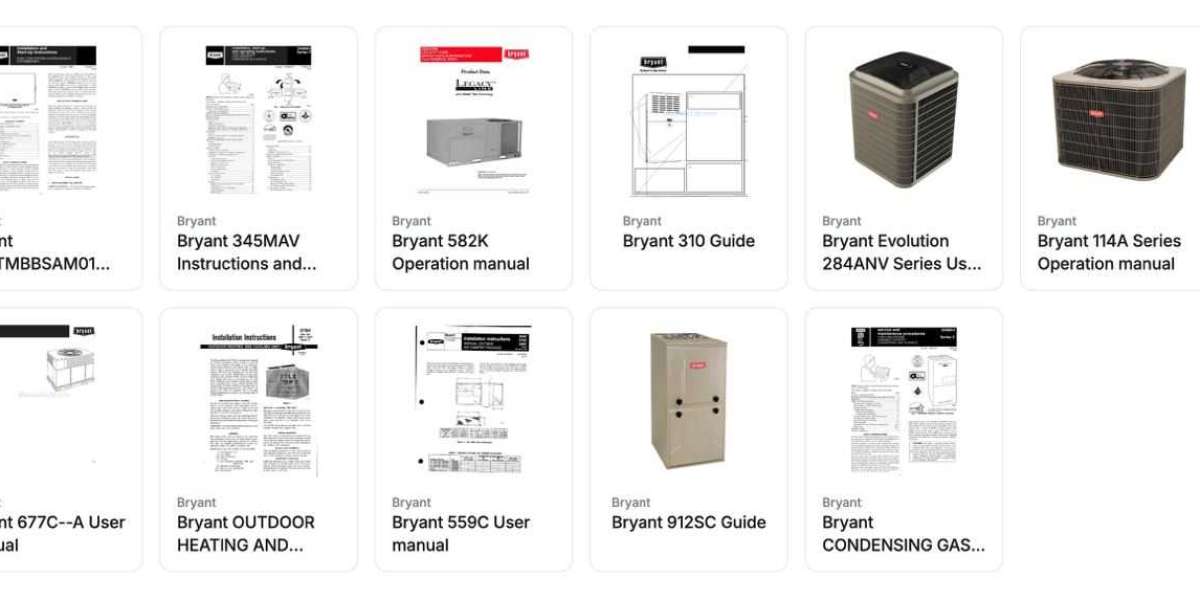Anyone who’s ever struggled to understand a product or piece of technology knows the frustration that comes with unclear instructions. Manuals are supposed to help, but all too often, they just add confusion. The truth is, good manuals don’t just explain—they guide. They make complex things simple, and they build confidence in the user. When paired with smart technology, manuals become even more powerful, transforming from static sheets of paper or PDFs into dynamic, helpful tools that truly meet user needs.
Why Clear Manuals Matter
There’s something oddly satisfying about opening a new device and finding a manual that just makes sense. It doesn’t waste your time with jargon or overly technical language. It’s organized well and answers your questions quickly. That’s the difference clear manuals make—they respect the reader’s time and intelligence.
When manuals are unclear, users get stuck. This leads to wasted time, frustration, and sometimes damage to the product itself. The most successful manuals take a simple approach: they put themselves in the user’s shoes and focus on clarity and straightforward guidance. Writing with clarity means avoiding unnecessary technical terms and explaining steps in a way anyone can follow, even if they have little experience.
The Role of Smart Structure in Manuals
A manual that’s clear in language but poorly organized can still leave users lost. That’s where smart structure comes in. A well-structured manual is easy to scan and navigate. Users can find what they need fast, without sifting through pages of irrelevant information.
Smart manuals use headings, bullet points, and logical groupings to break down complex tasks into manageable steps. Visual aids like diagrams or screenshots add another layer of understanding. The goal is to reduce the cognitive load on the user—making the manual a helpful guide rather than an obstacle.
Technology That Understands User Questions
Manuals used to be static documents, printed once and rarely updated. Today, technology has changed the game. Smart manuals are powered by tools that help users find answers instantly. Search functions, AI-driven question matching, and interactive guides mean users no longer have to guess where to look.
For example, when a user types a question into a search box, smart technology can interpret the meaning and direct them to the exact section or step they need. This eliminates the need to read through irrelevant parts or get stuck on one unclear instruction. By integrating technology, manuals become more than instructions—they become personalized support.
One great example of this approach can be found at https://manuals.online/nec, where manuals are designed not only to be clear but also searchable, making it easy for users to get precise information without hassle.
Designing Manuals Around Real User Needs
A manual that looks good on paper might still fail if it doesn’t address what users really want to know. The best manuals are created after careful research into the questions and problems users face. This user-centered approach means anticipating issues before they arise.
Instead of listing every feature in technical detail, these manuals focus on common tasks and troubleshooting tips. They speak the user’s language and respect their time. This design strategy reduces the trial and error that frustrates so many users and speeds up getting things done.
Precision in Search and Confidence in Action
When users interact with a product, they want to be sure they’re doing things right. Clear instructions build this confidence. If a manual gives vague or incomplete directions, users hesitate, which leads to mistakes or abandonment.
Precision is key. Every step should be clear and actionable. Manuals that combine precise language with smart search capabilities allow users to find exact answers quickly. The result is smoother user experiences and fewer calls to customer support.
Confidence comes from knowing the manual won’t let you down. It’s about trust—trust that the guidance is correct and easy to follow. When this trust is established, users feel empowered rather than frustrated.
Bringing It All Together
The future of manuals is not just in better writing but in blending human clarity with smart technology. Clear language and smart structure help users understand and navigate instructions. Meanwhile, technology like searchable databases and AI-driven support makes finding answers faster and more precise.
This combination turns manuals from static, difficult-to-use documents into valuable tools that enhance user experience. For anyone responsible for creating manuals or user guides, focusing on these elements is essential. Manuals should be designed to serve the user first—making technology accessible, understandable, and easy to use.
By building manuals that speak human, anticipate questions, and use smart tech, companies can reduce frustration, boost user satisfaction, and improve overall product success. After all, a manual’s job isn’t just to explain—it’s to guide, support, and build confidence every step of the way.







